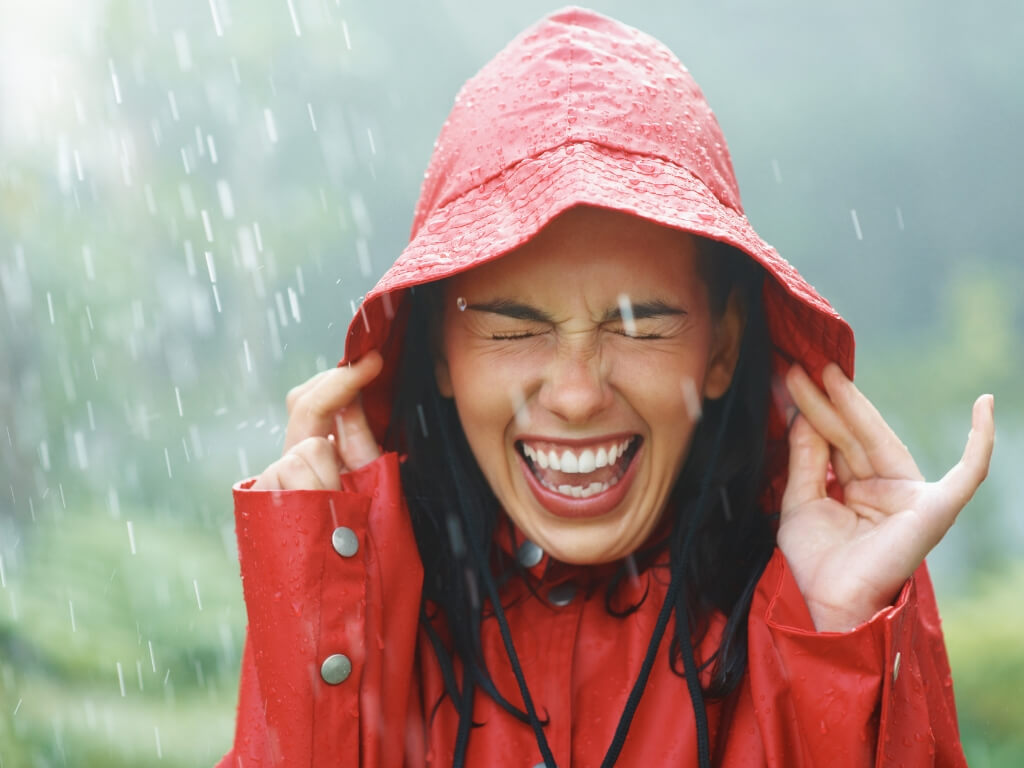When you’re planning a hiking or camping trip, the last thing you want is for it to rain. Your gear gets wet, your clothes are soggy, and, let’s be honest, most of the time you don’t have a water-proof phone case!
The weather is the single most likely factor to negatively affect your trip, though it’s also one of the things most travelers take for granted, and people quite often find themselves caught off guard.
While there are many ways to check the weather ahead of time, accuracy can be a big issue when you’re relying on phone apps or regional forecasts. These weather reports usually only gather information from a small cross section of stations, and if you’re traveling remotely these could be miles away from where you plan on hiking.
If you spend a lot of time outdoors, setting yourself up with a personal weather station could be well worth your time. While many of the options they break down on temperaturesensei.com are weather stations for your home, we’ve also discovered portable weather meters – perfect for camping / hiking.
The Importance of a Weather Station While Camping/Hiking
Prepping for Your Trip
Ultimately, nothing beats having your own weather station, but checking the weather forecast for your destination before you leave is essential for proper preparation.
It means, for a start, being able to plan your trip in a way that might avoid the worst weather seasons. First, research what the weather is typically like at the time of year you’re visiting, and assess whether you’re there during the right season. Then look at the daily weather forecasts.
Planning for the weather also means you’re able to pack appropriately; both in the way of gear, clothes, and your tent. It’s important not to make assumptions as to what you believe the weather is going to be, I mean it’s always going to be warm in Australia during summer right? Always check.
There are always exceptions to weather patterns, especially if you’re traveling during transitional seasons. So let a weather forecast guide your packing strategy. Failure to check the weather can result in unprepared, unhappy and very soggy campers.
For instance, you don’t want to take a tent with you that’s too cramped and won’t shield you from poor weather. It’s also important to take a sleeping bag that’s rated appropriately for the season too.
Plan Your Activities Based on the Weather
When you’re indoors, it doesn’t really matter how bad the rainfall is or if there’s thunder and lightning expected later. However, when you’re camped out with just a thin tent protecting you from the weather elements, it pays to be as well informed about the weather.
Planning your daily activities based on the temperature level and weather predictions makes it easier to avoid being caught out on a long trek when the heavens open up.
Having to walk back through slippery, muddy trails all of a sudden is not for the faint of heart, though beyond getting dirty, this can also be a huge risk to your safety.
Skipping the trails that are likely to see bad weather that day, and saving them for another is often a much safer option to avoid injury. And this is why, while it’s great to have initially planned your trip with the weather in mind, it also pays to bring your own weather station.
Bringing Your Own Weather Station
If you’re only heading out for a day, or planning on a quick overnight camp trip, it probably doesn’t matter as much whether you have a personal weather station with you (though one for your home could be good if you spend a lot of time outdoors in your immediate region).
But, if you’re heading out on long distance treks, or planning on camping for a couple of days – a week, it can come in very handy to have a reliable way to check the latest weather forecast each day.
Weather in many destinations can be unpredictable, and what was forecast last week might have completely changed within a day. Having a device that re-forecasts the weather based on your exact location means you can choose to take safer trails, or decide if it’s worth staying in your tent for the day.
While national and regional weather reports often provide great information, they don’t always have reliable weather sensors delivering useful data for the exact spot you’ve chosen for camping. And honestly, with so many wilderness and camping areas throughout each country, that level of specificity would be impossible to do.
Yet, you can access weather information for your specific location if you bring a personal weather station with you.
ALSO WORTH HAVING FOR CAMPING / HIKING: CLICK PHOTO ↓

|

|

|









